As award-winning horror writer Stephen Graham Jones writes, there are two types of haunted houses in fiction: Stay Away Houses and Hungry Houses. That is to say, houses that don’t want visitors or occupants and houses that very much do. In either case, the best haunted houses are not merely locales for the supernatural to occur—they themselves are characters, subtly animate, with their own fears and desires.
The titular house in my new novel The Hotel Neversink is something of a hybrid, a Stay Away/Hungry. Loosely based on the real Winchester House in San Jose, California, in my novel the Neversink is conceived and constructed by an eccentric turn-of-the-century tycoon, George Foley, who wants a vast space to house his huge imagined future family. Despite that family never materializing, he continues building until his death, and the rambling mansion becomes locally famous as “Foley’s Folly.” In this sense, the mansion is a Stay Away House. It never wanted to be filled, and the terms of its haunting are set when the building is repurposed as the Hotel Neversink and filled with unwelcome visitors.
But it is also a Hungry House. As it grows in fame as the preeminent Catskills resort, families bring children prone to disappearing within its depths. A labyrinth of hallways and secret passages, the hotel is irresistible to curious kids, partly due to their having read some of the same ghost stories that provided its inspiration in real life. Here then, are some of its predecessors, notable haunted houses, taxonomized as Hungry or Stay Away:
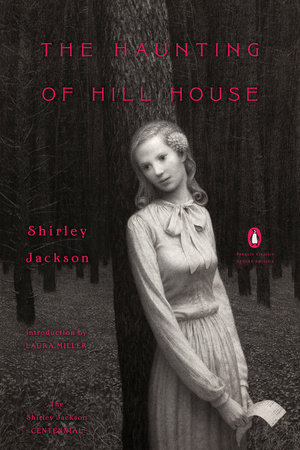
Hill House: The Haunting of Hill House by Shirley Jackson
Hill House is the modern horror genre’s original Hungry House. When a paranormal researcher invites a group of people with supernatural experiences come to Hill House, it quickly becomes evident that the house is indeed haunted and bent on possessing Eleanor, an unstable young woman. The intertwining of deteriorating character psychology with place in The Haunting of Hill House is masterful and iconic.
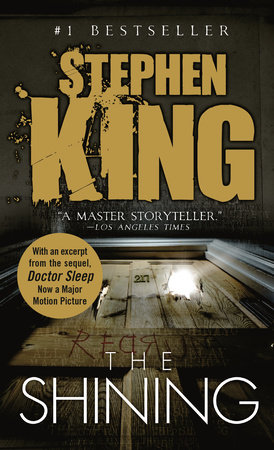
The Overlook: The Shining by Stephen King
Building on Jackson’s model, King’s Overlook is the Hungry House par excellence. Jack Torrance and his family are lured there by economic need, but the hotel does the rest, driving him insane and eventually killing him. The hotel’s controlling hunger is relatively muted in the film, changing the book’s ending in which the Overlook causes Jack to destroy his own face, battering himself into servile unrecognizability.

The DeFeo House: The Amityville Horror by Jay Anson
Allegedly based on a true story, The Amityville Horror is perhaps the archetypal Stay Away house. The Lutz family buys a large Dutch Colonial in the Long Island town of Amityville for a song, after the previous tenants, the DeFeos, were murdered by son Ronald DeFeo. The Lutzes think they’re getting a bargain, but they don’t bargain for the supernatural hostility they’re about to encounter. It turns out the house has the good sense they lack, as voices from beyond entreat them during a blessing to “Get out!”

Allardyce House: Burnt Offerings by Robert Marasco
Burnt Offerings features a foreword from Stephen Graham Jones and is frequently cited as an influence on Stephen King’s The Shining. The Rolfes, a young Brooklyn couple, jump at the chance to escape the miserable city summer, when they find a country home to rent for a measly nine hundred bucks. The only catch: they have to prepare meals for the elderly Mrs. Allardyce, and also that the house itself is very hungry.
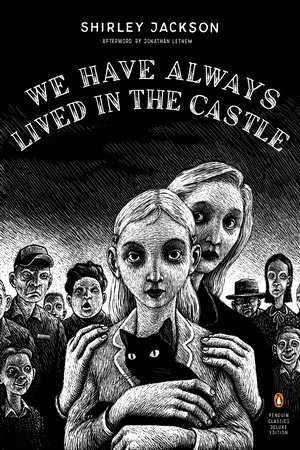
Blackwood House: We Have Always Lived in the Castle by Shirley Jackson
Another entry from the estimable Ms. Jackson. The Blackwoods’ house, while not strictly a haunted house in the traditional sense, is the site of a great family tragedy that has resulted in the ostracization of the remaining Blackwoods—Merricat, Constance, and Julian—from the village. The power of trauma, social disapprobation, and secrets comingle to create a de facto Hungry House, the titular castle that the girls cannot—and do not want to—escape, and that seems will keep them forever in the end.
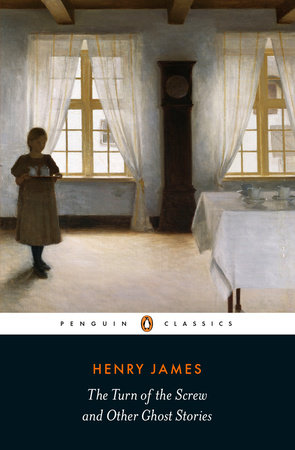
Bly House: The Turn of the Screw by Henry James
When a governess takes a job at an English country manor, she finds herself in a house with a dark history, and two charges, Miles and Flora, who may secretly be communing with ghosts. This one is a Stay Away House—a job the governess should never have taken at a place she should have left the second she saw that strange figure atop the house’s tower.
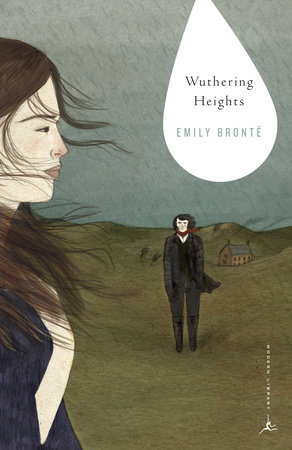
Wuthering Heights: Wuthering Heights by Emily Bronte
This is perhaps an odd entry, but Wuthering Heights occupies dual status as a literary and gothic classic, and its titular manor is both figuratively and literally haunted by the intensity of Heathcliff and Catherine’s doomed love. Though its appetite might be borrowed from Heathcliff, Wuthering Heights is hungry, drawing Catherine’s daughter Cathy over and over until in a ghoulish echo of the past, she is forcibly wed to Heathcliff’s son, Linton.

Saint-Nazaire: The Patrick Melrose Novels by Edward St. Aubyn
Saint-Nazaire is another composite Stay Away/Hungry. In the first book, Never Mind, which takes place in the late 1960s, the Melrose family’s French chateau, animated by the evil of David Melrose, is a Stay Away house of horrors, the locus of both child abuse and the world’s worst dinner party. Thirty years later, Saint-Nazaire has become a kind of Hungry House—representing both a lost innocence and a lost inheritance—that the grown Patrick Melrose finds almost impossible to escape.
The post How to Understand the Great Haunted Houses of Literature appeared first on Electric Literature.
Source : How to Understand the Great Haunted Houses of Literature













